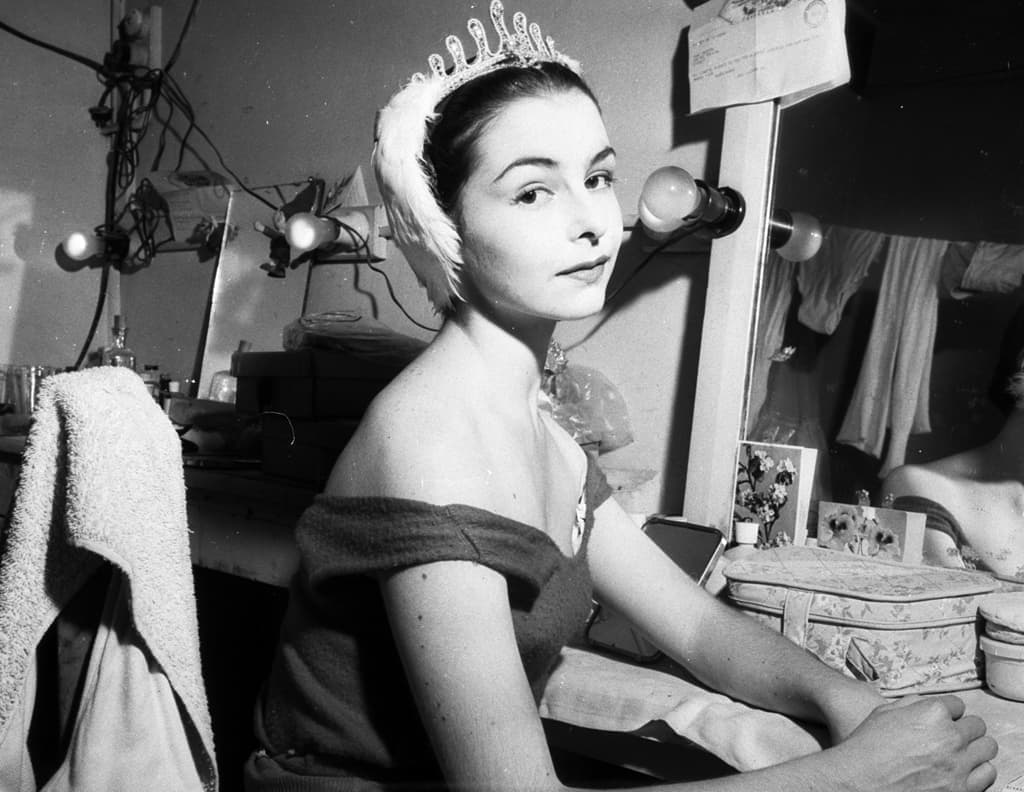Born in the province of Alberta in 1939, Lynn Seymour was one of the tiny circle of classical dancers for whom the turn “genius” is not hyperbole.
At the age of 14, she was sent to England to study at the Sadler’s Wells (now Royal Ballet) School, where her most influential teacher was Winifred Edwards, a disciple of Anna Pavlova. Such was her talent, that at 20 she was appointed principal of the Royal Ballet, despite a curvaceous physique and ample bosom, scarcely the norm in the trade even then.
What is Plastique?
Every human being, every body, is different. Thus, the world’s leading dancers can call only upon what is known as “available technique”, and no more. That means dancing within the limits peculiar to one’s own body type, biomechanics and mental/emotional abilities, lest one come a cropper. What one refers to as a “great” dancer is he who masters, first, all the technique his own being will allow of, and then has the mental strength and cultural depth to project “thoughts, feelings and emotions” across the footlights, in Maria Fay’s words. Now, some, such as the French, will stress clean articulation and faithful execution of academic forms (attitude, arabesque…) and steps (jeté, assemblé…), others, such as the Danes, revel in the in-between, indeterminate moments of transition. Given men’s straight up-and-down structure, tremendous attack and superior muscle quality, they will tend towards exact articulation, and women, towards the in-between shapes.
In the profession, the French term plastique describes something rare and paradoxical: the ability to trace academic forms that, whilst being one-of-a-kind, sprung from that artist as an individual, are so strictly true to the principles that they remain in the spectator’s mind forever. The forms become a thought-object; they will never die. Without there being a literal explanation for the phenomenon, the dancer has unleashed in the spectator’s mind a movement of grey-matter which has changed him, and will therefore, in some unpredictable way, affect everyone that spectator meets.
Although the notion is harder to grasp in relation to the aforesaid in-between or indeterminate forms, they too belong to the category of plastique; as such events are almost impossible to photograph, a pragmatist will likely dispute their very existence. In the theatre, faced with a great dancer who plunges boldly into that domain, an attentive spectator will confirm that he has indeed perceived indefinite ideas that are, however, definitely ideas, associated with a premonition of the eternal or the infinite.
In the dance world, the Russian critic Achim Wolyinskii (1863-1926), well-acquainted with the world of ancient Greece and the Renascence, attempted to make intelligible a terrain which the Germans call Unheimlich (uncanny, eerie), a terrain lying between the visible/conscious, and the invisible/preconscious (for further discussion of Wolinskii Cf. Alexander Meinertz’ biography of Vera Volkova, published by Dance Books in 2007).
Amongst the ballerinas for whom we have some record on film, three are indisputably masters of the plastique: Galina Ulanova, Lis Jeppesen – and the late Lynn Seymour.
In the short excerpts linked to below, observe how Miss Seymour moves from an academic form of severe and ideal beauty to virtually liquid shapes, nameless, summoned up from .. whence? and vanishing … whither? As though independent of her will, an ectoplasm takes shape, surrounded by some kind of electric field of emotion. Around Miss Seymour, the depth and breadth of the stage seems not a void, but inhabited, extending into space but also, strange to say, in time. The arms, shoulders, the full length of the spine all speak, her hands echo like shells with the sound of the sea. Alert in every fibre to her partner, Lynn Seymour never tries to “look pretty” – the impetus is all.
Below, two of the few films that remain of Lynn Seymour (bearing in mind that she was nearly 40 and a mother of three when they were made):
The choreography, by Ashton and MacMillan respectively, was made on her and her partner.
Moufid Azmaïesh writes from France. This article originally appeared in France Soir.
